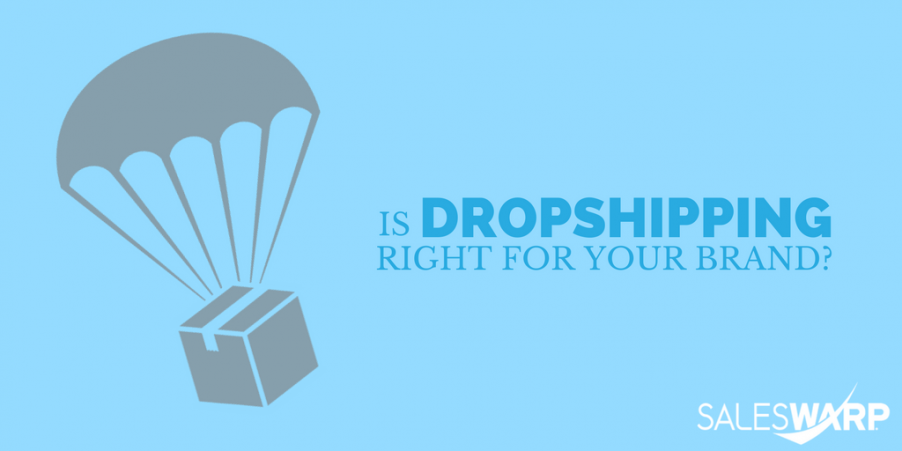Is Dropshipping Right For Your Brand?
GUEST POST BY JASON GREENBERG, SENIOR CHANNEL PARTNER MANAGER, SPS COMMERCE
Today, more consumers are making online purchases than ever before. This has sent ripple effects through both the retail industry and the supply chain. For some retailers, its meant closing physical stores or even going into bankruptcy. For others, maintaining profit margin means finding new ways to meet consumer demands.
Consumers are making their shopping preferences known. Today, more than 79 percent shopping online and 51 percent use a mobile phone to buy online. Any retailers and suppliers slow to adjust to the new retail landscape will feel the impact. Dropshipping is one way to meet consumer expectations and keep costs in check.
What is Dropshipping
With dropshipping, retailers can sell products that they never hold in inventory. In this model, vendors are responsible for warehousing and fulfilling orders. Here’s how it works:
1. The customer orders from the retailer’s e-commerce site.
2. Supplier fulfills and ships the order, using the retailer’s branded packaging materials.
3. Customer experiences a seamless transaction.
4. Both the retailer and supplier win!
When done correctly, retailers increase their product offerings with little capital investment. Suppliers enjoy new trading partner opportunities and increased sales channels.
Keep in mind, not all dropship programs are created equally. Complex moving parts require significant communication, collaboration and efficiency between retailers and suppliers. Robust systems and processes are a necessity for fulfilling orders. Consider everything: the shopping cart, picking and packing and the completed delivery.
Accuracy is also crucial. Inventory information, purchase orders and order status information must be spot-on. And don’t forget, real-time data sharing is a must.
Preparing for Dropshipping
Before implementing a dropship program, think about how it will affect order fulfillment and team resources.
Dropshipping’s increased document flow can tax existing systems and teams. Make sure you have EDI systems and processes that can support the extra volume. Accurate and efficient documentation compliance for all trading partners involved is vital. Will you need increased staffing or new technology to handle the influx of order volume? Take the time to evaluate your current resources and technology.
Online shoppers expect detailed and accurate product information when making a purchase decision. When the information they want is unavailable or insufficient, they may buy elsewhere. If they do place an order and the product description turns out to be inaccurate, they may never buy from you again. Detailed item attributes should be available for every product. And don’t forget your trading partners. They need to understand how you manage item attributes and item data.
Additional Considerations for Dropship
Returns are inevitable. They’ll happen even with accurate product descriptions and a great shopping experience. What’s your plan to handle them? Think about the following:
- Does the item go back to the vendor?
- Will you accept it at a retail store?
- Would it be best to have different return policies for different categories?
Create a plan and then state the return policies for consumers to review. You should also include return information in each dropship order.
Dropship agreements need a high level of collaboration and trust. Set expectations, compliance requirements and goals from the beginning. Doing this ensures a drop ship program meets company goals and satisfies consumers. Also, define what metrics you’re using to evaluate performance. Mistakes are less common when all partners know their responsibilities.
No doubt, dropshipping adds complexity to the relationship between retailer and vendor. But with careful planning, both retailers and brands can meet the needs of today’s consumer.

